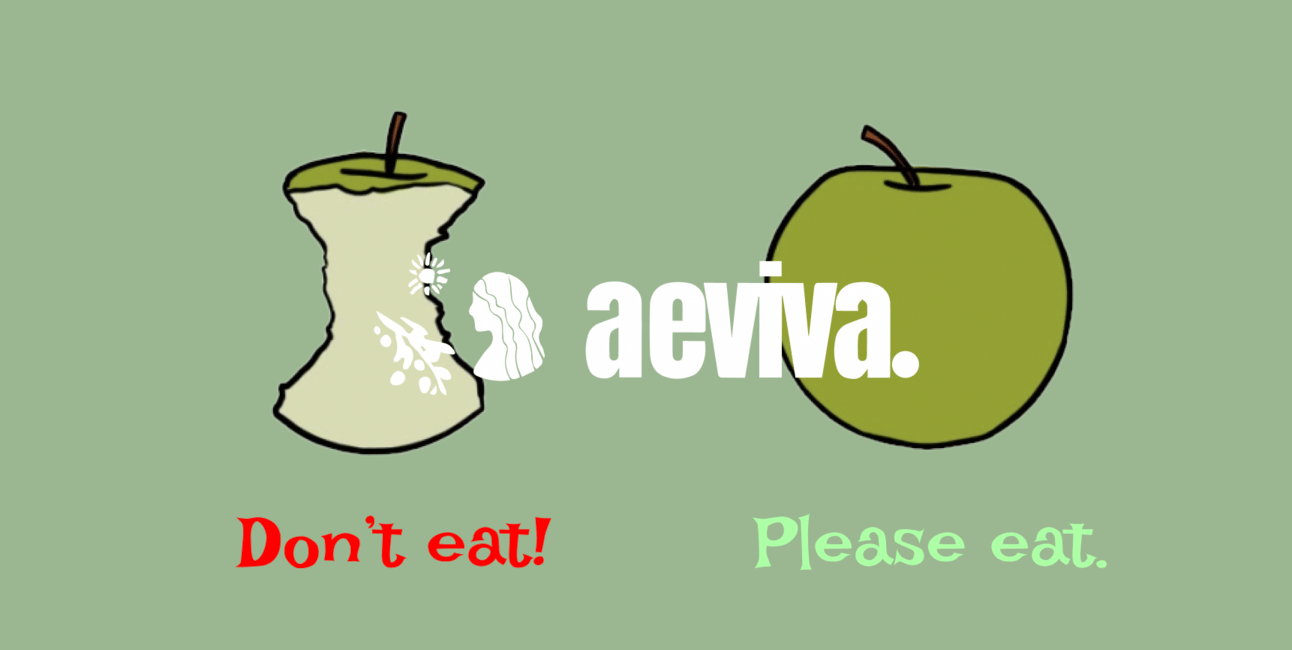- Aeviva
- Posts
- Reverse Psychology vs. Manipulation: What’s the Difference, and Are You Falling for It?
Reverse Psychology vs. Manipulation: What’s the Difference, and Are You Falling for It?
Discover how reverse psychology works on you every day—and why understanding the difference between it and manipulation is essential.

Goodbye Meal Kits, Hello Hungryroot
Hungryroot is a grocery and recipe delivery service that supports any health needs you and your family might have. Whether you’re looking to incorporate a gut-friendly diet, just trying to eat healthy, or anything in between, Hungryroot makes achieving your goals on your terms easy.
Browse the thousands of groceries and recipes available each week, or have Hungryroot curate a delivery made just for you and your family based on your preferences. Save hours planning, shopping, and cooking each week. Plus pick one free item for life.
Let’s start with a challenge: don’t read this article. Seriously, just stop here.
Still reading? That’s the power of reverse psychology—a psychological tool that makes you do the opposite of what’s suggested. It’s subtle, clever, and often feels harmless. But how is it different from manipulation? Are you being persuaded, or are you being controlled?
From relationships to marketing, reverse psychology and manipulation are everywhere, shaping decisions without you even realizing it. Let’s uncover their key differences, their impact, and how you can recognize when you’re being played.

What Is Reverse Psychology?
Reverse psychology is a persuasive technique where you suggest the opposite of what you want someone to do, subtly nudging them to choose what you actually desire.
💡 Example: Telling a child, “You probably won’t like broccoli” can make them curious and more likely to try it.
How It Works:
Reactance Theory: People value their freedom of choice. When it feels threatened, they often rebel by doing the opposite of what’s suggested.
Curiosity Trigger: Reverse psychology piques curiosity, making people question their assumptions.
Common Uses:
Parenting: Encouraging positive behaviors in kids.
Relationships: Getting a partner to agree to something indirectly.
Marketing: Creating intrigue by suggesting a product isn’t for everyone.💡 Nutrition: Approx. 12g protein per person
What Is Manipulation?
Manipulation is a deceptive tactic designed to control or influence someone for personal gain, often at their expense.
💡 Example: Telling a friend, “You’ll regret it if you don’t help me” uses guilt to force cooperation.
How It Works:
Exploiting Vulnerabilities: Manipulators often play on fears, guilt, or insecurities.
False Narratives: They may withhold or distort information to control outcomes.
Common Signs of Manipulation:
Feeling pressured or guilty.
Lack of transparency in the conversation.
The manipulator’s goals feel self-serving and harmful.
Key Differences Between Reverse Psychology and Manipulation
Reverse Psychology | Manipulation |
|---|---|
Suggests the opposite of what’s desired. | Directly controls or deceives others. |
Relies on autonomy and free choice. | Undermines autonomy for personal gain. |
Typically playful or harmless in intent. | Often harmful and self-serving. |
Encourages curiosity and independent action. | Exploits fears, guilt, or insecurities. |
💡 Fact: Reverse psychology often works because people feel like they’re making their own choice, while manipulation removes that sense of freedom.

How Reverse Psychology Shapes Your Daily Life
In Marketing:
Ads often use phrases like “This product isn’t for everyone” to spark curiosity and attract buyers who want to feel unique.In Relationships:
“Fine, don’t help me. I’ll manage on my own.” This classic line often nudges others to step in willingly.In Parenting:
“You’re probably not ready for this yet…” can motivate kids to prove they are ready.
💡 Fun Fact: Studies show reverse psychology is most effective when used sparingly and with a light-hearted tone. Overuse can feel manipulative.
Did You Know? This Article Just Used Reverse Psychology on You
At the beginning of this article, you were told not to read it. That playful suggestion sparked your curiosity and drew you in. Why?
It made you feel like you were making your own choice to read on, even though it was designed to nudge you.
Takeaway: Reverse psychology can be a clever tool when used ethically, but always be mindful of when influence crosses the line into manipulation.
Where to Find the Best Deals on Hoka Shoes
Are you a runner? More specifically, a road runner? Hoka was built for that. Meaning “to fly” in Maori, Hoka was founded in 2009 so that runners could get the ultimate experience with optimum cushioning and stability. Less than 15 years after its founding, Hoka is bringing in revenues topping a billion dollars a year, so it’s clear that people are loving this brand. But with quality comes high prices, and Hoka is no doubt in the high end price-wise. So we’ve rounded up the best stores to find the best deals for Hoka.
Reverse psychology is everywhere—from the ads you click to the conversations you have. While it’s a clever way to encourage choices, manipulation is its darker, more harmful counterpart. Understanding the difference empowers you to spot these tactics and make decisions that align with your true intentions.
So the next time someone says, “You probably won’t care about this,” ask yourself—are they nudging or controlling you?
Take-Home Message
Reverse psychology suggests the opposite of what’s desired, relying on curiosity and free choice.
Manipulation deceives and controls, often for selfish or harmful reasons.
Reverse psychology is playful and harmless when used sparingly.
Always evaluate the intent and transparency behind influence tactics.
Understanding these techniques helps you make empowered decisions.



Reply